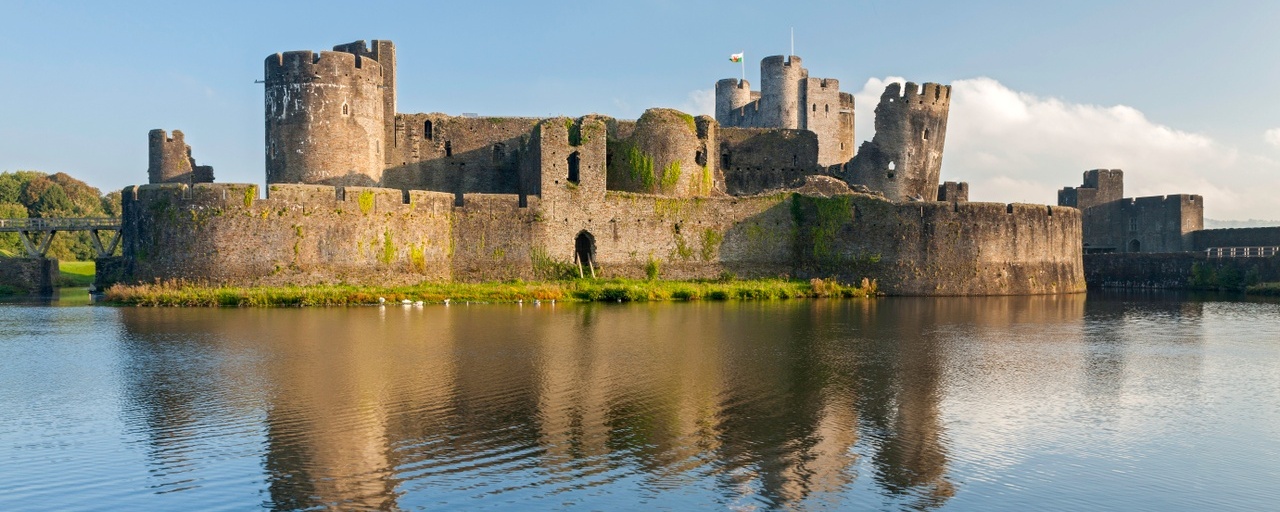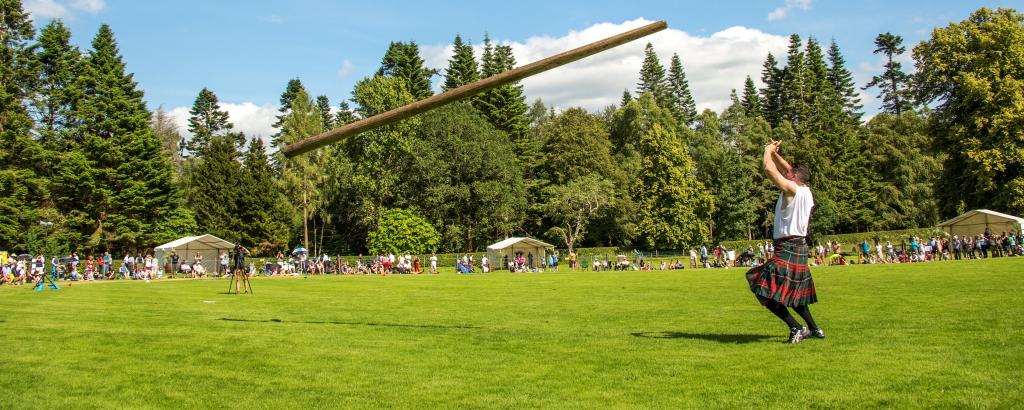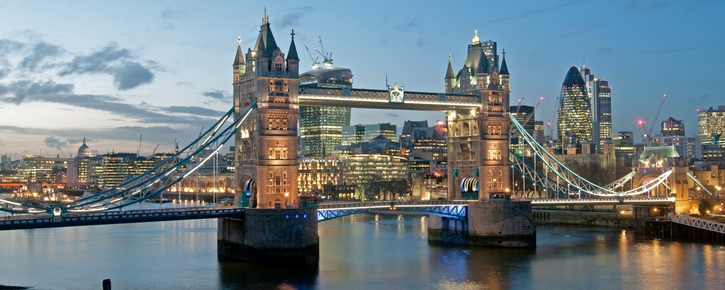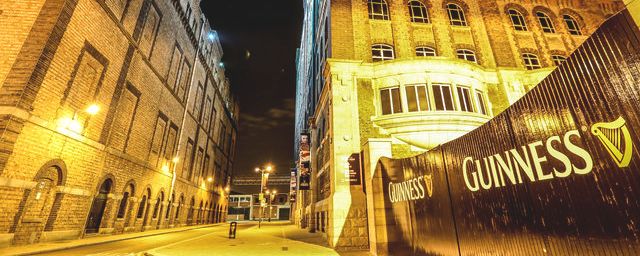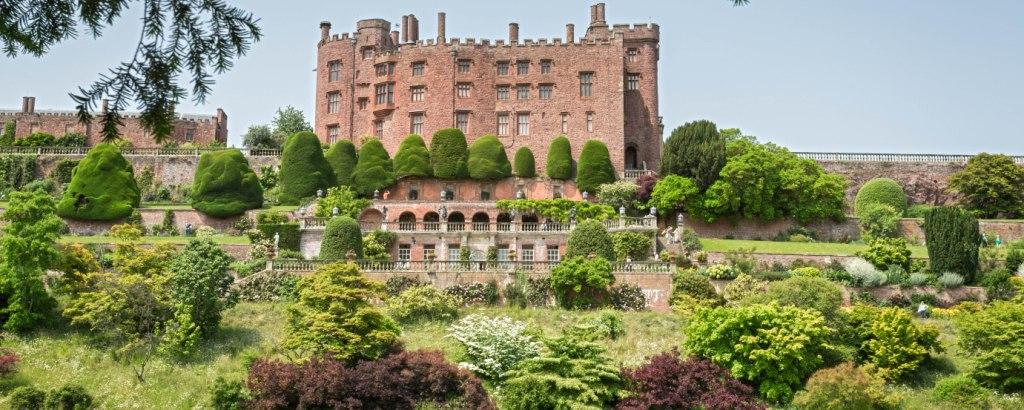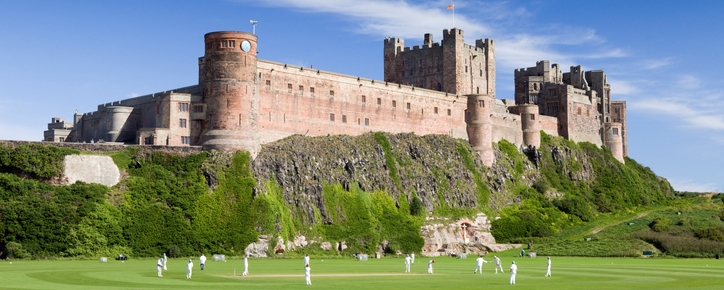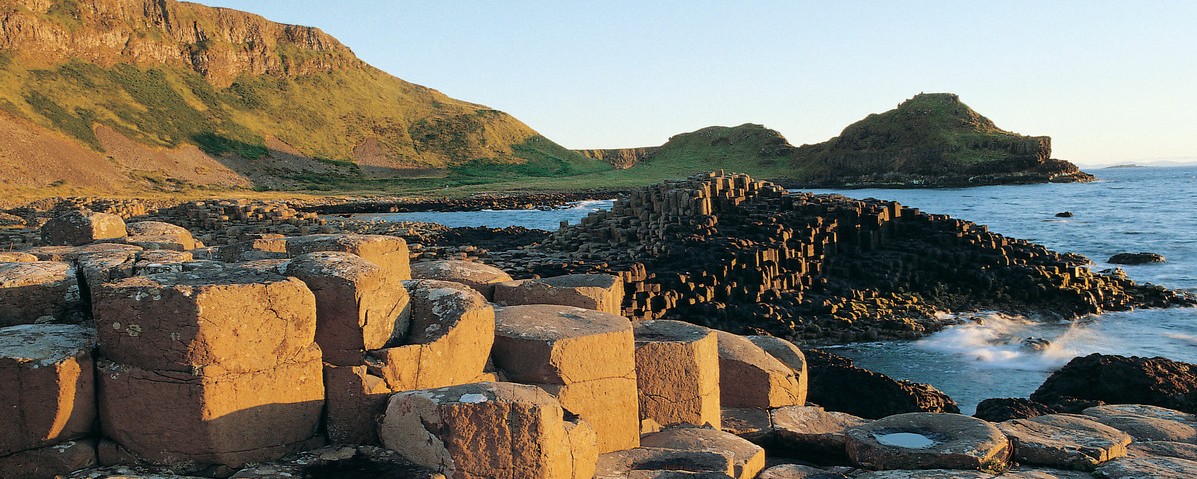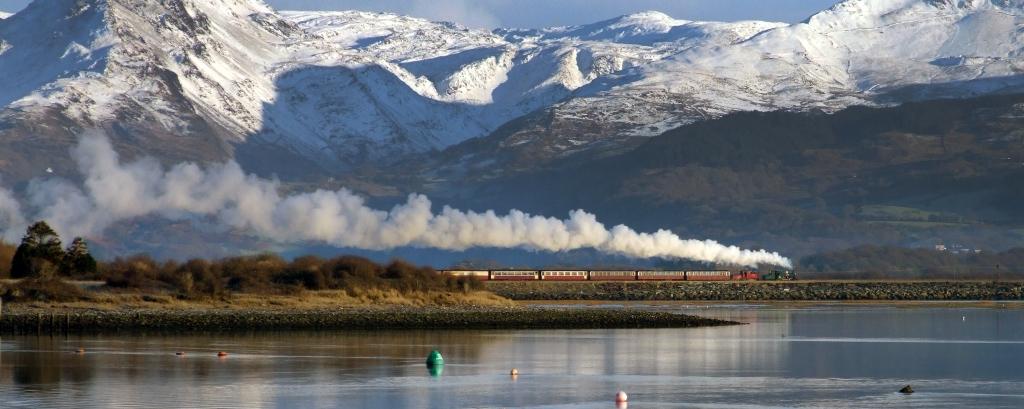From North Wales to Pennsylvania and the world: discover the story of the Welsh slate industry
The restoration of historic Welsh cottages in Pennsylvania in the USA, close to the once-famous Peach Bottom slate quarries, shines a light on the legacy of Welsh emigrants, and Welsh slate quarrymen in particular. A journey to the slate landscape of Northwest Wales – now a UNESCO World Heritage Site – is a must for all those who wish to fully understand the impact of these pioneers, who took their skills, heritage and culture to all four corners of the globe.
 Coulstontown Cottages (photo courtesy of Catrin Brace)
Coulstontown Cottages (photo courtesy of Catrin Brace)
The cottages in Coulstontown are thought to be the only known examples of Welsh construction in the United States and were built by Welsh quarriers in the mid-19th century when they arrived in the area to work at the Peach Bottom slate quarries. It is said that the Welsh immigrants didn’t know how to build traditional North American log houses, so built cottages in stone like they did back home.
The two storey dwellings were constructed with local Cardiff stone and incorporated slate covered gable roofs, with two rooms downstairs and two upstairs. Whilst modest by today’s standards, these cottages would have been luxurious for the time, with many of the quarrymen used to being crammed with their families into small dwellings in Wales or living in military-style barracks at the quarries.
Most slate produced in the 19th century – and to this day – was used for roofing purposes and these cottages still have their original slate roofs. Peach Bottom slate was considered to be the "best roofing slate in the world" and was awarded a medal at the Great Exhibition of 1851 in London.
A better life
The quarrymen and many other emigrants left Wales to find a better life. Wages were low at home and rents were high; unemployment, food shortages and disease were common; many also sought religious freedoms. As a fast-growing nation, the USA in the 19th century welcomed immigrants with open arms.
 Coulstontown Cottages (photo courtesy of Catrin Brace)
Coulstontown Cottages (photo courtesy of Catrin Brace)
America offered low land prices, religious tolerance, and an abundance of work in the slate, coal, and steel industries, which many Welsh workers were familiar with. Slate working was the major industry in the Delta-Cardiff-Whiteford area of Pennsylvania, and slate shaped these settlements for over a hundred years.
The first occupants of one of the Coulstontown cottages are known to be David Williams and his family, who emigrated from Penrhyndeudraeth, near Porthmadog in North Wales, in 1851. Williams worked as a slate quarryman all of his life.
The Welsh connection to the region is also highlighted by gravestones in the nearby churchyard at Slateville, which were carved by Welsh craftsmen often with Welsh language inscriptions.
 Gravestone carved by Welsh craftsmen (photo courtesy of Catrin Brace)
Gravestone carved by Welsh craftsmen (photo courtesy of Catrin Brace)
Slate quarrying in North Wales
Slate has been quarried in North Wales for almost two millennia with the Roman fort at Caernarfon being roofed by local slate in the late second century. Export of slate has been carried out for over 500 years, confirmed recently with the discovery of the wreck of a 16th-century wooden ship carrying finished slates in the Menai Straits of North Wales.
 Dinorwig Quarry in North Wales © Hawlfraint y Goron / © Crown copyright (2023) Cymru Wales
Dinorwig Quarry in North Wales © Hawlfraint y Goron / © Crown copyright (2023) Cymru Wales
Large-scale commercial slate mining in North Wales began with the opening of the Cae Braich y Cafn quarry, later to become the Penrhyn Quarry near Bethesda in the Ogwen Valley, in 1782. Welsh output was soon far ahead of other areas and by 1882, 92% of Britain's production was from Wales.
In 1831 slate duty was abolished in Britain, which helped to create a rapid expansion in the industry in North Wales. The Ffestiniog Railway line was constructed between 1833 and 1836 to move slate from Blaenau Ffestiniog to the coastal town of Porthmadog, where it was loaded onto ships and transported around the world.
While a small amount of slate is still produced in Wales today, by the early 1970s fewer than 1,000 people were employed in the industry, from a peak of 17,000 at the end of the 19th century.
 Ffestiniog Railway © Hawlfraint y Goron / © Crown copyright (2023) Cymru Wales
Ffestiniog Railway © Hawlfraint y Goron / © Crown copyright (2023) Cymru Wales
UNESCO World Heritage status
In 2021, the Slate Landscape of Northwest Wales was awarded UNESCO World Heritage status in recognition of the incredible transformation that industrial slate quarrying and mining brought about in the traditional rural environment of the mountains and valleys of Snowdonia.
 The slate landscape of Northwest Wales © Hawlfraint y Goron / © Crown copyright (2023) Cymru Wales
The slate landscape of Northwest Wales © Hawlfraint y Goron / © Crown copyright (2023) Cymru Wales
According to UNESCO, the region is internationally significant not only for the export of slates, but also for the export of technology and skilled workers from the 1780s to the early 20th century. It played a leading role in the development of the industry and its slate quarries provided a model for those in other parts of the world.
Today, for visitors, the slate landscape of Northwest Wales is an incredible place to visit, especially for anyone with an interest in Welsh emigration, the slate industry and the place Wales has played in world history. Extending from mountain-top to coast, the region encapsulates former quarries and mines, archaeological sites related to slate processing, historical settlements, spectacular gardens and grand country houses, ports, harbours, railways and road systems.
 The pretty village of Beddgelert in Snowdonia © Hawlfraint y Goron / © Crown copyright (2023) Cymru Wales
The pretty village of Beddgelert in Snowdonia © Hawlfraint y Goron / © Crown copyright (2023) Cymru Wales
So much to see and do in North Wales
There is so much to see in the area, but here is just a selection of the places and attractions related to the slate industry that we would recommend:
- National Slate Museum - a living, working museum housed in the industrial Victorian workshops that once serviced and maintained the enormous Dinorwig slate quarry.
- Ffestiniog Railway - the oldest narrow-gauge railway in the world with almost 200 years of history, which started life hauling slate from the quarries of Blaenau Ffestiniog to the docks in Porthmadog and now offers unforgettable journeys through the remarkable landscape.
- Llechwedd - near Blaenau Ffestiniog, explores the history of slate quarrying in the town and specifically the Llechwedd Quarry in which it is located. Experience the Deep Mine Tour, which includes the steepest narrow-gauge railway in the UK, and enjoy five other attractions.
- Penrhyn Quarry - Llechwedd’s companion attraction, Zip World, is located at Penrhyn Quarry, once the world’s biggest slate quarry, and is home to the fastest zip line in the UK, but those who like to keep their feet on the ground can learn about the history of the quarry on a guided tour.
- Penrhyn Castle and Garden - a 19th century fantasy castle with luxurious interiors, a walled garden, railway museum and acres of parkland, built from the proceeds of the North Wales slate industry and now owned by the National Trust.
- Corris Mine Explorers - guided tours of the underground tunnels and caverns of an abandoned Victorian-era slate mine.
- Llanfair Slate Caverns – unique self-guided tours of the nine caverns of a virtually untouched former slate mine.
- Snowdonia National Park (Eryri) – Beddgelert, with its traditional stone buildings and picturesque riverside setting, is often recognised as the loveliest village in Snowdonia; Betws-y-coed, with its distinctly Alpine feel, is known as the gateway to Snowdonia.
- Portmeirion – no tour of this part of Wales would be complete without a visit to the fabulous Italian style village of Portmeirion, built in the early 20th century by architect Clough Williams-Ellis to show how a beautiful location could be developed without spoiling it.
And as Portmeirion is located on the edge of Penrhyndeudraeth, the village David Williams left in 1851 to seek his livelihood in America, it brings our story full circle. The natural slate resources of Northwest Wales were developed into a huge industry at home and, as quarrymen and miners sought new opportunities and better living conditions elsewhere, the impact of this was seen all around the world. The Welsh cottage restoration project in Pennsylvania is a small but important example of how this legacy can – and should – be captured for future generations to discover.
If you or your group would like to enjoy a tailor-made tour of the Slate Landscape of Northwest Wales, perhaps as part of an industrial heritage tour or an ancestry tour, or just in order to immerse yourself in Welsh culture, please do contact our friendly team today. We can put together the perfect itinerary for you.



